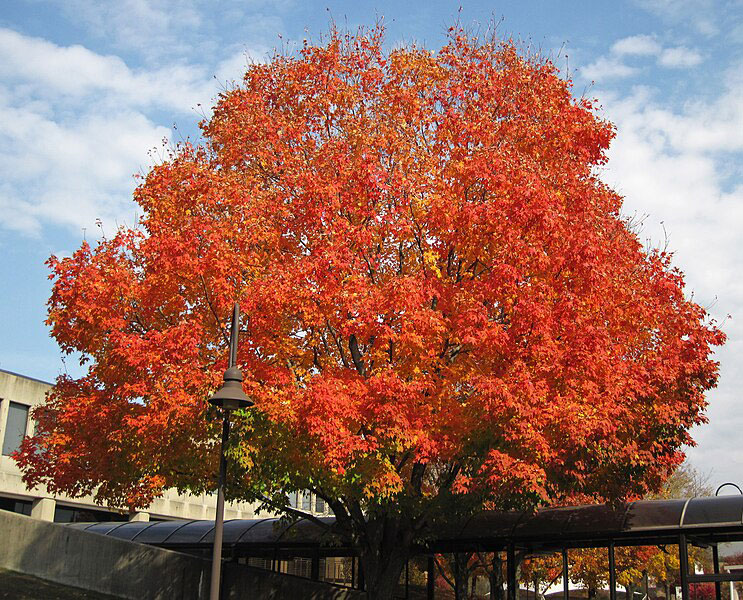
Courtesy of My Jewish Learning
“Ezekiel and the Hand of God” from Dura Europa, an ancient synagogue in Syria
By Michael Fishbane
(MyJewishLearning) — In relating Ezekiel’s vision to the Sinaitic revelation, an implicit connection is made between prophecy and revelation. Ezekiel’s vision is taken to be a collective vision at Mount Sinai, where every Jew was able to see God’s presence. This implies that every Jew was a prophet and could become as great as Ezekiel.
Given the content of the haftarah [prophetic reading], it may be wondered why Ezekiel’s vision was chosen for recitation on Shavuot –the festival celebrating the Giving of Torah. What is the link between his experience and the public revelation at Sinai?
One ancient teaching provides a clue, suggesting that rabbinic tradition found a parallel between the events. Beginning with the verse stating that “God’s chariots [rekhev]are myriads upon myriads, thousands upon thousands; the Lord is among them as in Sinai in holiness” (Psalms 68:18), it was taught that “there descended with God (on Mount Sinai) twenty two thousand chariots, each one like the chariot [merkavah]that Ezekiel saw” (Midrash Tanhuma Yitro [Buber] 14).
A similar tradition is found in an anthology of teaching for the festival of Shavuot (Pesikta de-Rav Kahana, Ba-hodesh, piska 12:22), and elsewhere (Midrash Shoher Tov, on Psalm 68:18). The upshot of this is that Ezekiel’s theophany was long preceded by a national precedent (preserved in Psalm 68:18), when God descended upon Sinai to make a covenant with all Israel. Indeed, according to rabbinic midrash, a mystical theophany occurs in the course of the Sinaitic revelation. Ezekiel’s experience was thus anything but unique. To the contrary, his throne vision is a personal expression of an ancient pattern.
A further connection between Sinai and Ezekiel’s vision can be noted. It is based on a spectacular account of Moses’ ascension on high to receive the Torah. According to a tradition preserved in Pesikta Rabbati 20 (Piska Matan Torah), we learn how Moses rose through the throne world of God like any mystical voyager depicted in the Merkavah tracts. Passing the guarding angels of destruction, Moses is told that even the angels that serve the throne do not know God’s place–for they say “Blessed is the Presence of the Lord, from His place” (Ezekiel 3:12); and he is also graced with a vision of the crowning of God, while the angels that serve the throne repeat the word “Holy” three times (Isaiah 6:3). At the apex of his ascent, all the cosmic vaults are opened to Moses, and he sees the majesty of God. But not only Moses!
With the opening of the heavens, all Israel sees the Glory face to face. As the words “I am the Lord” (Exodus 20:1) blast forth, the entire people (all six hundred thousand) die in ecstasy. Revived by divine mercy, God sends forth one point two million angels to enable the nation to receive the revelation and live. Each person is therewith supported by two divine beings, one to hold the head (so that he may withstand the vision), the other, the heart (so that it would not escape in awe). According to Rabbi Abba bar Kahana, however, these angels served a different purpose. One of them turned each Israelite about by the belt, to face God Himself, while the other crowned his ward with a heavenly crown. Thus aided, the nation of Israel received the Torah in ecstasy and vision.
Ezekiel [chapter] 1 thus reveals what even the most common Israelite saw at Sinai on that awesome occasion. Its recitation on the first day of Shavuot calls that wondrous event to mind with numinous detail. Luminous beyond understanding, the vision in Ezekiel 1:4-28 is a sight for the inner eye.
This article is excerpted from The JPS Bible Commentary: Haftarot. It is reprinted with permission from the Jewish Publication Society.




